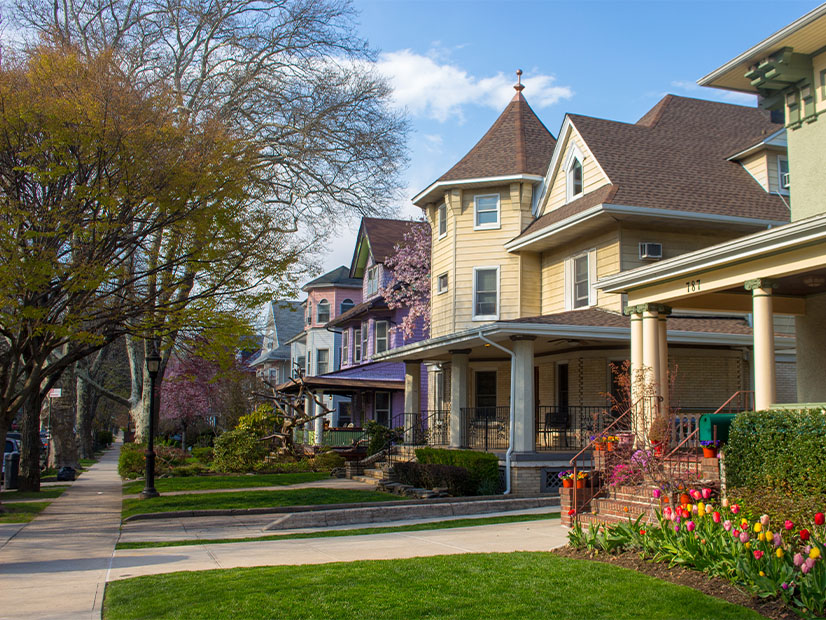
New York’s first climate law-compliant greenhouse gas emissions report has found the state’s overall emissions are down from 1990 levels, but transportation stood out in the analysis as the top sector needing improvement.
Emissions increases in a group of sectors reveal the state has “enormous challenges” ahead in its work to reduce emissions 85% from 1990 levels by 2050, Department of Environmental Conservation Commissioner Basil Seggos said in a statement.
The Dec. 30 report, which covers 1990-2019, found that statewide GHG emissions decreased 6% for the period and 17% from 2005 to 2019. Road transportation emissions, however, increased 12% for the 30-year period and represented 17% of statewide total emissions in 2019.
While the report said the increase for road transport was substantial for the 30-year period, the biggest jump happened between 1990 and 2005. In that time, emissions grew from 56 million metric tons of carbon dioxide equivalent (MMT CO2e) to 69.8 MMT CO2e, then they dropped over the next 12 years to 62.8 MMT CO2e and stayed flat through 2019.
The state’s buildings sector, while having higher total emissions than the transportation sector, had an overall decline from 1990 to 2019 from 87 to 72.6 MMT CO2e. Of the residential, commercial and industrial subsectors, however, residential building emissions showed the only overall increase for the period. The subsector emissions increased from 39 to 46 MMT CO2e in the first 15 years after 1990, then they settled at 40.7 MMT CO2e in 2019 following some minor annual fluctuations caused by weather patterns.
Overall for the buildings sector, emissions increased 40% from natural gas and decreased 54% from other fuels, which include wood, distillates and coal.
The most significant sectoral emissions reduction between 1990 and 2019, at 65%, occurred in fuel for electricity caused by the transition away from the combustion of coal and petroleum fuels to natural gas, according to the report.
Coal emissions for electricity dropped from 25 to 0.46 MMT CO2e for the period, while natural gas emissions increased from 12.6 to 20.7 MMT CO2e.
Other Trends
In the agriculture sector, livestock management had the highest emissions, increasing 44% from 1990 to 2019. While animal feeding practices produced the highest emissions for livestock activities, manure management specifically saw the biggest emissions increase for the period. That trend, the report said, is because of policy changes regarding manure storage that protect water quality.
Activities in the forestry and land-use sectors removed 32.7 MMT CO2e in 1990 and 29.1 MMT CO2e in 2019. New York’s forest lands were the single largest emissions sink, but they sequestered 2.2 MMT less CO2 in 2019 than in 2005 because of forest land conversion, the report said.
Tracking of specific greenhouse gases showed that CO2 emissions declined by 39 MMT, or 15%, from 1990 to 2019, but hydrofluorocarbon emissions increased from near zero to 20 MMT CO2e for the period. That increase, the report said, is attributed to uptake in the residential and commercial buildings and industrial sectors as a refrigerant following the phase down of chlorofluorocarbon use.
The New York Climate Action Council, in its recently adopted draft scoping plan, recommended the state consider advancing a transition away from high global warming-potential (GWP) HFCs to low or ultra-low GWP HFCs or natural refrigerants.


